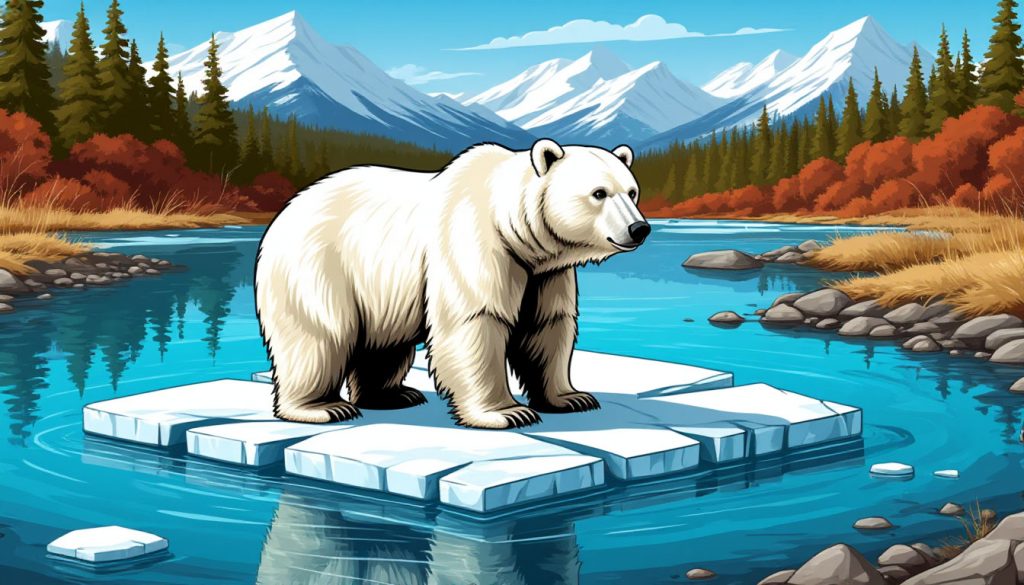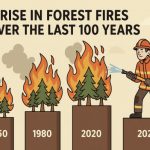Global warming refers to the long-term rise in Earth’s average surface temperature, primarily caused by human activities such as burning fossil fuels, deforestation, and industrial emissions. Over the past few decades, it has evolved from a theory into a measurable reality, supported by overwhelming scientific evidence. In this article, we examine what science predicts about global warming — and how those predictions compare with what’s already happening around the world.
What Causes Global Warming?
At the core of global warming is the cyclic climate changes and the greenhouse effect: the trapping of heat by gases like carbon dioxide (CO₂), methane (CH₄), and nitrous oxide (N₂O) in Earth’s atmosphere. These gases increase due to:
- Burning coal, oil, and gas
- Deforestation (fewer trees to absorb CO₂)
- Agriculture and livestock (methane emissions from cattle and rice paddies)
- Industrial activity and waste
Scientific Predictions: What Models Have Shown
Climate scientists use computer models to simulate future scenarios based on various emission levels. Key projections include:
1. Temperature Rise
- If emissions continue unchecked, global average temperatures may rise by 2.5°C to 4.5°C by 2100
- The Paris Agreement aims to keep warming below 2°C, ideally 1.5°C, to avoid catastrophic impacts
2. Sea Level Rise
- Melting glaciers and thermal expansion of oceans may raise sea levels by 0.6 to 1 meter by 2100
- This threatens coastal cities like New York, Mumbai, and Jakarta
3. Extreme Weather
- More frequent heatwaves, wildfires, droughts, and hurricanes
- Changing rainfall patterns could increase floods in some areas and desertification in others
4. Ecosystem Collapse
- Coral reefs may disappear with just 1.5°C of warming
- Arctic ice is expected to vanish seasonally in coming decades
- Forests may face mass diebacks, especially in the Amazon and Siberia
Real-World Evidence: Predictions Becoming Reality
The following observations confirm that global warming is already happening:
- 2023 was the hottest year ever recorded, with global temperatures exceeding pre-industrial levels by over 1.4°C
- Greenland and Antarctic ice sheets are losing mass at alarming rates
- Wildfires in Canada, Australia, and Europe have set historical records
- Coral bleaching events are increasing in frequency and severity
- Unusual heatwaves in regions like the UK, India, and the Middle East have caused thousands of deaths
- Species from insects to birds are shifting their habitats toward the poles or higher elevations
Consequences for People and the Planet
Global warming is not just an environmental issue — it’s a human crisis affecting:
- Food security – crop yields decline in extreme heat and erratic rainfall
- Water scarcity – melting glaciers threaten freshwater supplies
- Public health – heat stress, vector-borne diseases, and poor air quality
- Migration and conflict – climate-driven displacement and competition for shrinking resources
Can We Still Prevent the Worst?
Yes — but time is limited. Experts emphasize:
- Cutting emissions by transitioning to renewable energy (solar, wind, hydro)
- Protecting forests and enhancing natural carbon sinks
- Investing in adaptation: flood defenses, drought-resistant crops, and emergency preparedness
- International cooperation to meet goals like the Paris Agreement
Every fraction of a degree matters. Limiting warming to 1.5°C vs 2°C can reduce impacts significantly.
Conclusion
Scientific forecasts about global warming are proving to be not only accurate, but in many cases conservative. The planet is warming rapidly, and the consequences are already visible. However, the future is still unwritten — and urgent action today can change the outcome for generations to come.
Always remember that climate change will affect every living been on the planet – how much and when – it is only the matter of time…
Glossary
- Greenhouse gases – gases that trap heat in the atmosphere (e.g. CO₂, CH₄, N₂O)
- Paris Agreement – a 2015 international treaty aiming to limit global warming to below 2°C
- Thermal expansion – the increase in ocean volume due to warming
- Coral bleaching – the loss of symbiotic algae in corals due to heat stress
- Carbon sink – a natural system that absorbs more carbon than it emits (e.g. forests, oceans)


